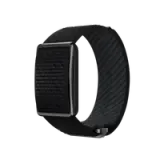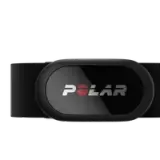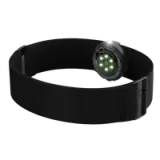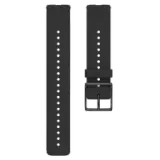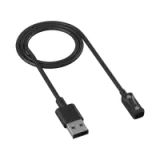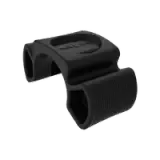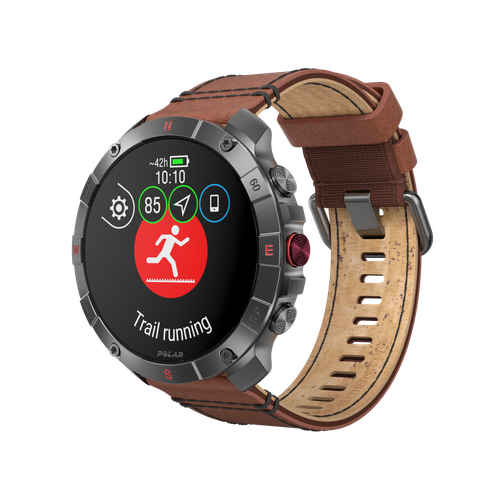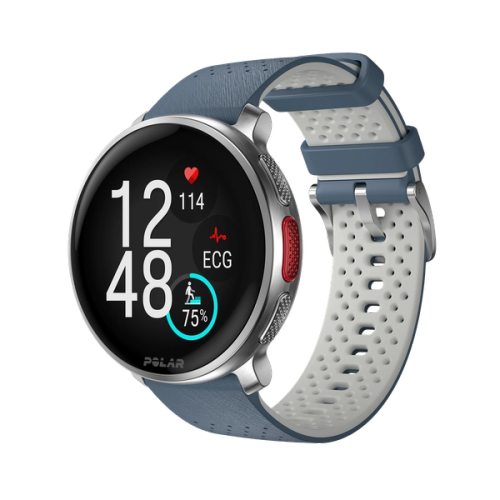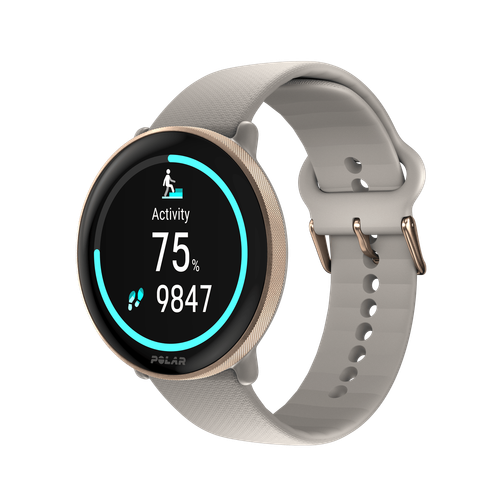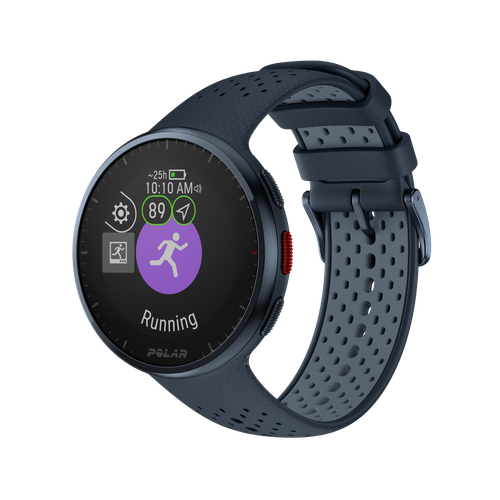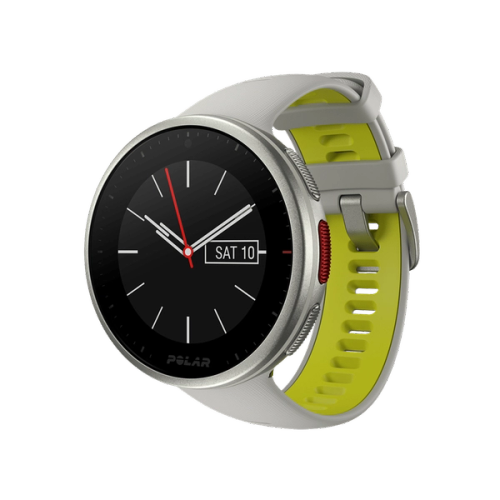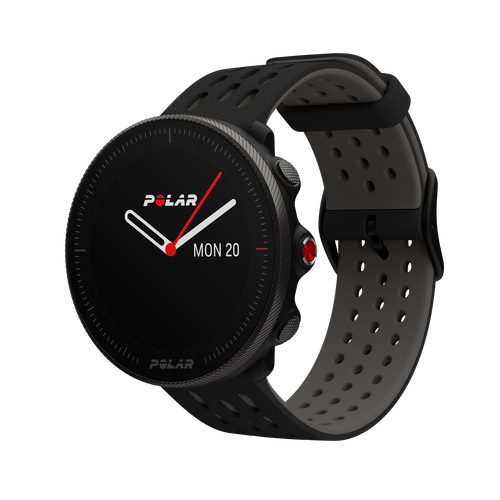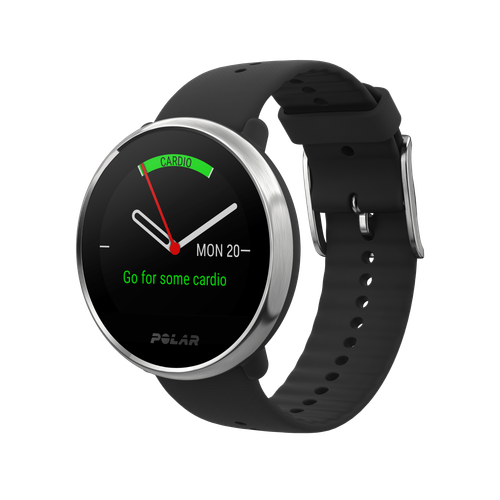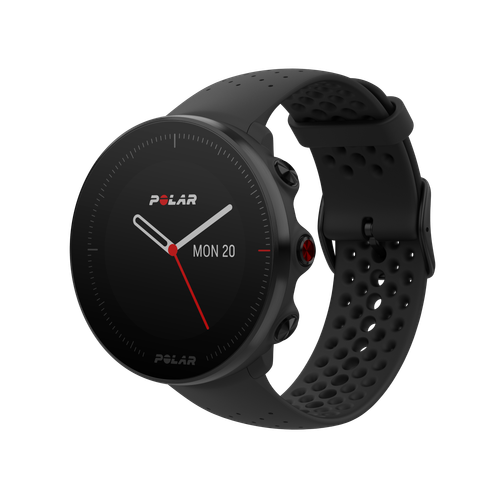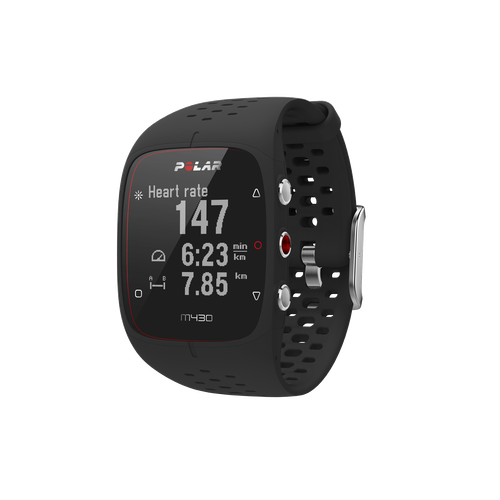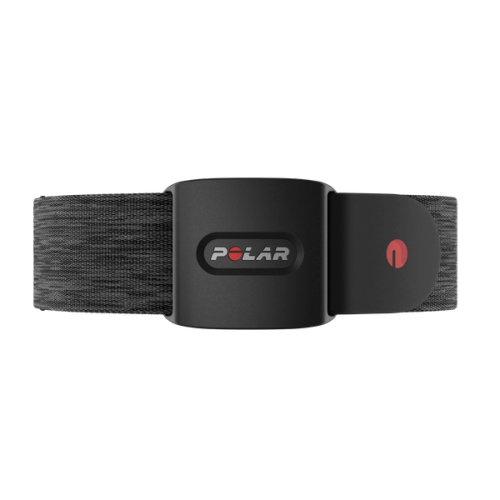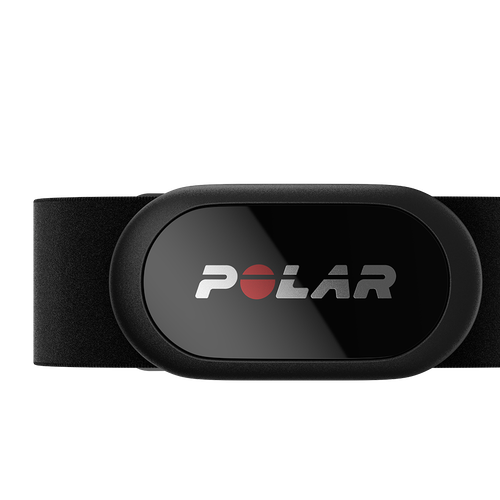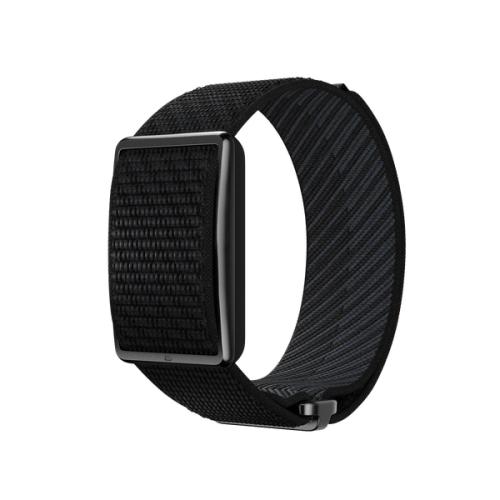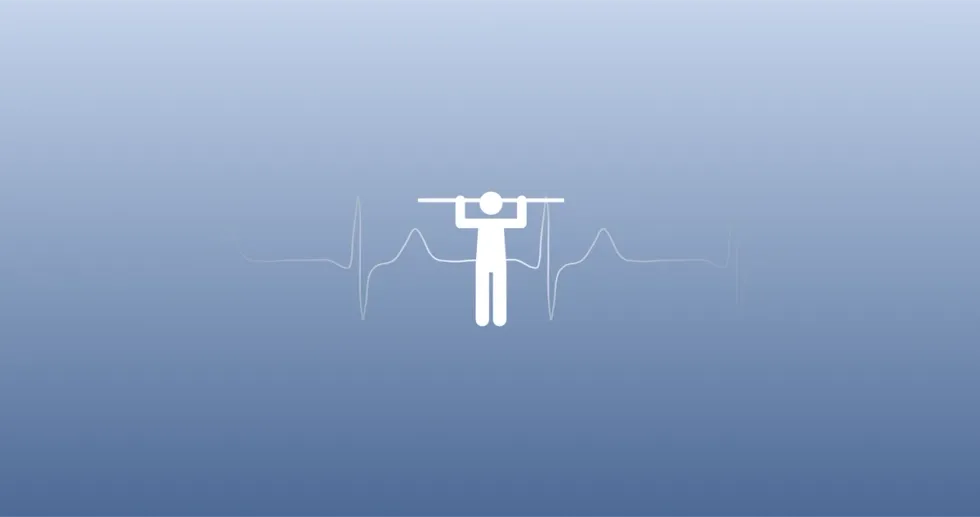CrossFit has become a global phenomenon, and for good reason. It’s a high-intensity fitness program designed to improve overall health and well-being. But what exactly is it? Is it just for elite athletes, or can anyone benefit?
This guide will be your one-stop shop for all things CrossFit. We’ll delve into the core principles, explore typical workouts, and equip you with the knowledge to navigate your first CrossFit class confidently. So, whether you’re a seasoned gym-goer or a fitness newbie, get ready to unlock a world of functional fitness and unleash your inner athlete.
What is CrossFit?
Imagine a workout program that blends elements of weightlifting, gymnastics, rowing, sprinting, and more – all rolled into constantly varied, functional movements. That’s the essence of CrossFit. Workouts, often called “WODs” (Workout of the Day), are a unique mix of exercises designed to challenge you and build a well-rounded fitness base.
A typical CrossFit class is a one-hour group session led by a certified coach. It usually starts with a whiteboard briefing, where the coach explains the WOD, which might involve anything from rowing a specific distance to performing a set of squats with a weightlifting bar. But before that, you start with a warm-up, prepping your body for the intense movements ahead.
Common CrossFit workouts
Functional movements are a core principle of CrossFit. These exercises mimic everyday activities, like squatting to pick up groceries or pushing a lawnmower. Examples of common CrossFit movements include:
- Squats: The king of lower body exercises, squats build strength and power in your legs.
- Push-ups: A fundamental bodyweight exercise that strengthens your chest, shoulders, and triceps.
- Pull-ups: The ultimate upper body challenge, pull-ups build back and bicep strength.
- Olympic weightlifting: Exercises like snatches and cleans improve power and coordination.
- Running and rowing: These cardio exercises boost your heart health and endurance.
The beauty of CrossFit is its scalability. Whether you’re a seasoned athlete or a complete beginner, the workouts can be modified to fit your fitness level. Coaches will guide you on proper form and scaling options, ensuring a safe and effective workout for everyone.
The beauty of CrossFit is its scalability. Whether you’re a seasoned athlete or a complete beginner, the workouts can be modified to fit your fitness level.
It’s also important to note that its popularity extends beyond simply working out. The link between fitness and friendship is crucial to its appeal.“CrossFit has a real community and team kind of feeling,” says fitness enthusiast and removalist Hilary. This group atmosphere is motivating, and the camaraderie forged through shared challenges is a big part of the CrossFit experience.
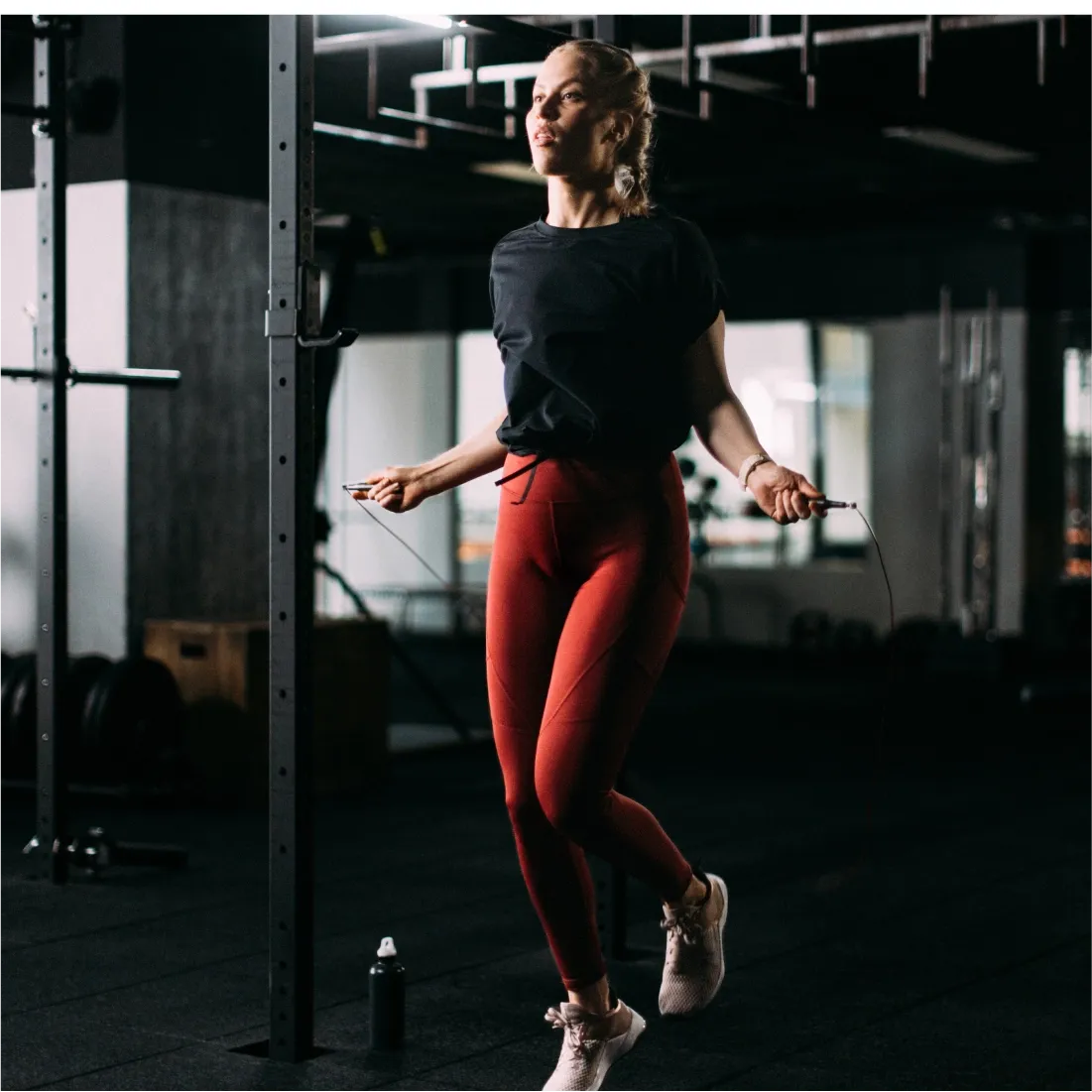
From Santa Cruz to the World: A History of CrossFit
CrossFit’s ubiquitous presence in gyms worldwide belies its relatively recent origins. The story begins in Santa Cruz, California, where Greg Glassman, a former gymnast, envisioned a new approach to fitness in the late 1990s. Dissatisfied with traditional workout routines, Glassman sought a method emphasizing broad, functional movements applicable to real-life situations.
This philosophy became the cornerstone of CrossFit, formally established in 2000 with Lauren Jenai. Their gym became a testing ground for Glassman’s ideas, with workouts incorporating elements of gymnastics, weightlifting, and calisthenics, all performed at high intensity. The now-famous “Fran” workout, combining pull-ups and thrusters (a squat and push press combo), was born in this early era.
The internet proved to be a crucial tool for CrossFit’s initial spread. Glassman began posting daily workouts online, attracting a growing community of enthusiasts. These workouts, often challenging and varied, resonated with first responders like police officers, firefighters, and military personnel seeking a well-rounded fitness program that mimicked real-world demands.
A turning point came in 2003 with the launch of the CrossFit affiliate program. This allowed independent gyms to adopt the CrossFit model, leading to a rapid expansion. The concept of constantly varied functional movements (CVF) became the program’s signature, with the WOD structure offering a daily dose of surprise and challenge.
The CrossFit Games, established in 2007, further fueled the program’s popularity. This annual competition, often described as the “Woodstock of Fitness,” showcased elite athletes pushing the boundaries of human performance. CrossFit’s history reflects a growing demand for a fitness regimen focused on overall preparedness and functional strength, from humble beginnings in a California ranch to a global phenomenon.
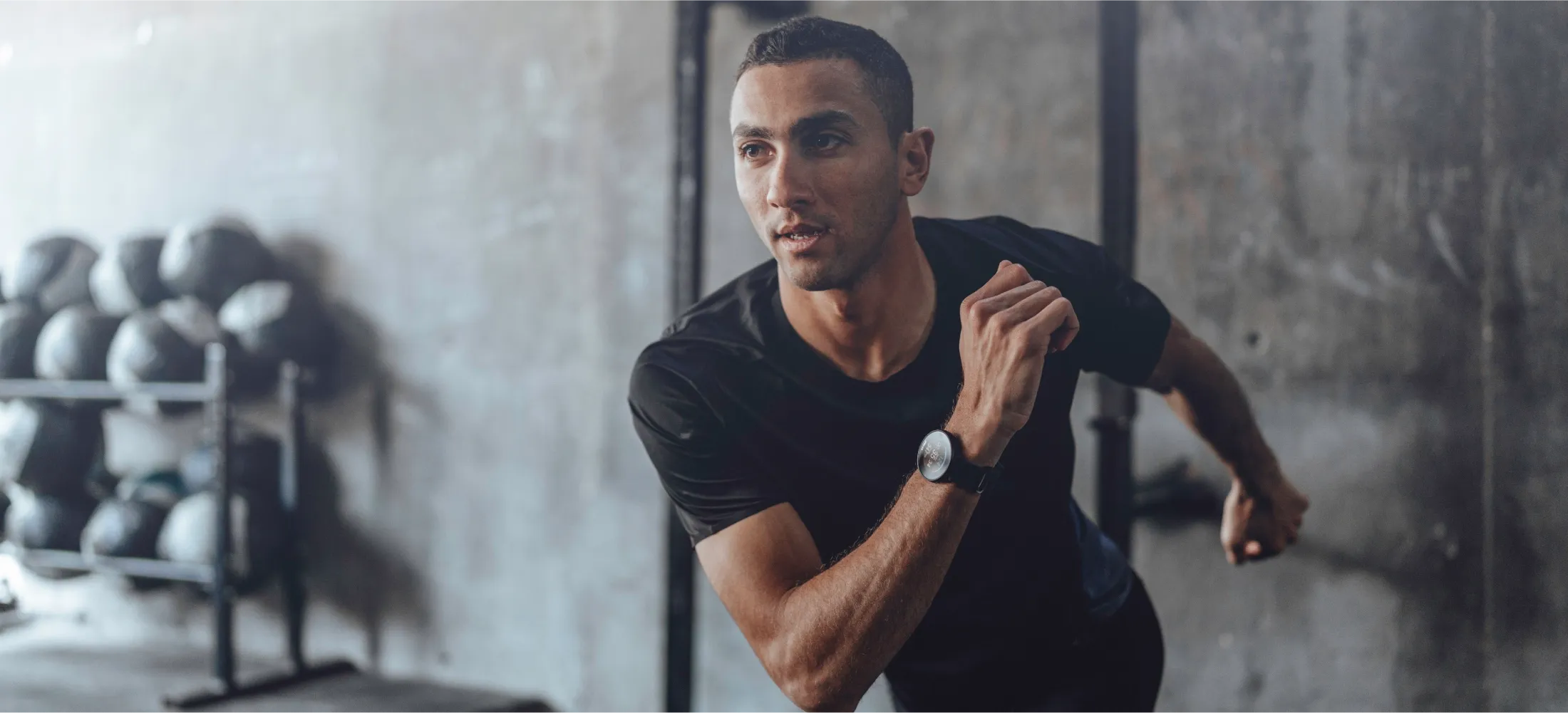
Starting CrossFit
Are you intrigued by CrossFit’s reputation for forging elite fitness? Don’t be intimidated. It might just be the key to unlocking a whole new level of strength and community. Here are some key things to know about CrossFit before you start.
A Beginner’s Guide to CrossFit terms
Stepping into a CrossFit gym can feel like entering a foreign land. Between the jargon-filled whiteboard briefings and enthusiastic shouts of “RX’d” (pronounced “Rxed”), it’s easy to feel lost. Here’s how to crack the code on some basic CrossFit terms, equipping you to navigate your first WOD confidently.
The Workout Breakdown:
- AMRAP, EMOM, For Time: These terms dictate how you perform the WOD exercises. AMRAP (“As Many Rounds/Reps As Possible”) challenges you to complete as many rounds or repetitions of a set of exercises within a specific time limit. EMOM (“Every Minute On the Minute”) involves starting a new set of exercises at the beginning of each minute. Workouts “For Time” simply require you to complete the exercises as quickly as possible.
- Scaling: A crucial concept in CrossFit. Workouts are designed to be scalable, meaning they can be modified to fit any fitness level. With your coach’s guidance, you might adjust the weight, number of repetitions, or even the exercises themselves.
- Rx’d: Short for “as prescribed.” It refers to completing a WOD precisely as it’s written, without any modifications to the weights, reps, exercises, or movements.
Movement Matters:
- Reps (Repetitions) & Sets: Reps refer to the number of times you complete an exercise. Sets are a group of reps performed consecutively with a short rest in between.
- Bodyweight Movements: Exercises like squats, push-ups, lunges, and pull-ups utilize your body weight for resistance.
- Weightlifting Terms: CrossFit incorporates Olympic weightlifting movements like snatches and cleans. These lifts require precise technique and can be broken down into components like “squat clean” or “push press.”
The CrossFit Community:
- Box: This is the affectionate term for a CrossFit gym.
- Affiliate: Gyms that adhere to the CrossFit methodology and are officially recognized by CrossFit HQ are called affiliates.
- PR (Personal Record): Track your progress by recording your best performance on a specific WOD or lift.
This is just a taste of the CrossFit vocabulary. With a bit of practice, you’ll be deciphering WODs and joining the cheers in no time. Remember, the CrossFit community is known for its camaraderie, so don’t hesitate to ask your coach or fellow athletes for clarification.
undefined
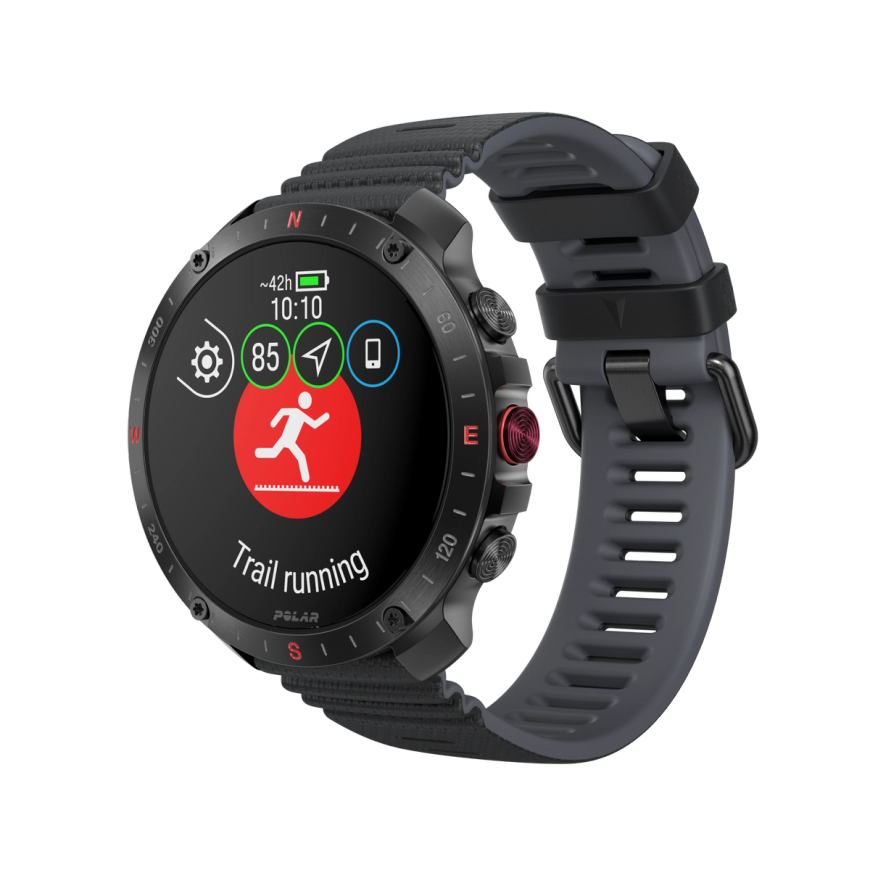
Polar Grit X2 Pro
Premium Outdoor Watch
Polar Grit X2 Pro is a rough and rugged outdoor sports watch crafted for adventure with sapphire crystal glass AMOLED display, and a hi-tech toolkit of navigation and performance features for exploring the wonders of the world, and the body.
Essential CrossFit Gear
CrossFit’s beauty lies in its focus on functional movements, but a few key pieces of equipment can significantly enhance your experience. Here’s a breakdown of the essentials to get you started:
The Foundation:
- Clothing: Breathable workout clothes that allow for a full range of motion are essential. Look for moisture-wicking fabrics to keep you cool and comfortable during intense workouts.
- Shoes: CrossFit footwear is specially designed for varied movements. They should provide ample stability for squats and weightlifting while offering flexibility for jumping and agility exercises. Search online for brands known for their CrossFit shoes.
Functional Essentials:
- Jump Rope: A simple yet powerful tool for improving cardio, coordination, and footwork. A basic jump rope is all you need to get started.
- Wrist Wraps: These provide support and stability for your wrists during exercises like push-ups and weightlifting movements.
Taking it Further:
- Weightlifting Belt: As you progress and start working with heavier weights, a weightlifting belt can help maintain proper form and protect your lower back.
- Knee Sleeves: These offer mild compression and warmth to your knees, aiding in stability and recovery during squats, lunges, and box jumps.
Specialized Equipment (Gym-Dependent):
Most CrossFit gyms will provide the following equipment, but it’s never a bad idea to check beforehand:
- Barbells & Weight Plates: The backbone of CrossFit for exercises like squats, deadlifts, and presses. Gyms will have a variety of weights to accommodate all fitness levels.
- Pull-Up Bar: This is a must for pull-ups, chin-ups, and muscle-ups. Many gyms have pull-up bars built in, but consider portable options for home workouts.
- Medicine Balls: Used for throws, slams, wall balls, and other dynamic exercises. Gyms will typically offer various weights of medicine balls.
- Plyo Box: A sturdy box used for box jumps, step-ups, and other exercises that develop explosive power. Gyms will usually have a few plyo boxes of varying heights.
Remember, you don’t need everything at once. Start with comfortable clothing, good shoes, and a jump rope. As you progress and your needs evolve, you can add other equipment to your CrossFit arsenal. Most importantly, prioritize proper form and safety over fancy gear. Let your coaches guide you, and focus on the journey of building a fitter, stronger you.
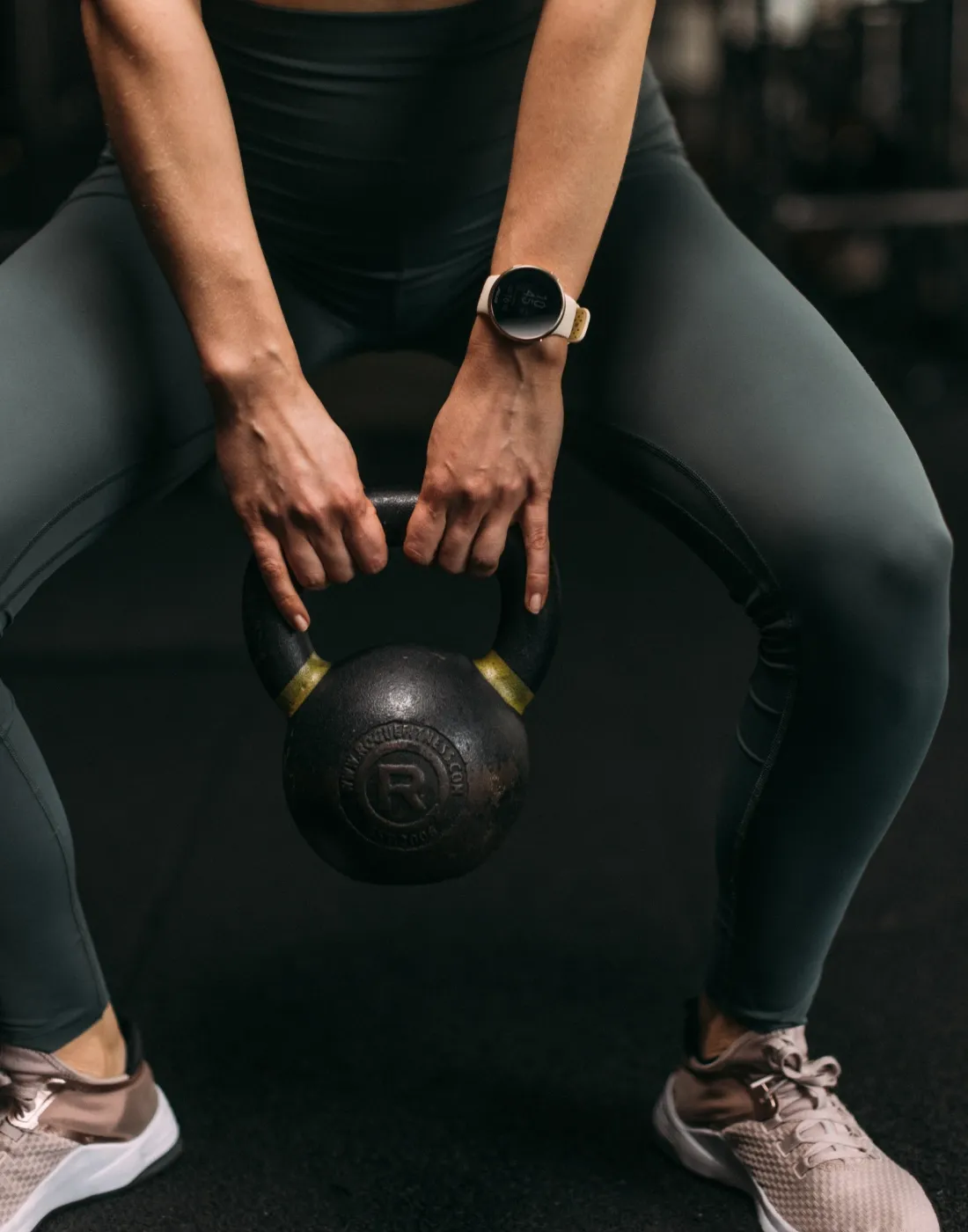
CrossFit workouts
Are you curious about what a typical CrossFit throwdown looks like? We’ve got you covered. Here are two sample WODs from the official CrossFit website to give you a taste. From beginner-friendly options to challenging routines that will test even the fittest athletes, these showcase the diverse nature of CrossFit workouts.
Burpees, Handstand Walks, and Bear Crawls
This CrossFit workout challenges your upper-body gymnastics stamina. Expect the fatigue from the burpees to have a dramatic impact on the handstand walks.
Advanced athletes should push the pace on the burpees and try to maintain unbroken handstand walks. Less-experienced athletes should manage their pace on the burpees and rest as needed before kicking up.
Scale the distance if you can perform a 50-foot handstand walk but can’t complete it in under 1 minute. Be cautious of upper-body fatigue. If you feel like you might collapse or buckle if you kick up, give yourself a chance to recover and gain confidence before continuing. Remember to continuously press into the floor and maintain an active position.
Workout:
21-18-15-12-9-6-3 Burpee reps
Perform a 50-foot handstand walk after each set of burpees.
Intermediate option:
21-18-15-12-9-6-3 Burpee reps
Perform a 25-foot handstand walk after each set of burpees.
Beginner option:
18-15-12-9-6-3 Burpee reps
Perform a 50-foot bear crawl after each set of burpees.
Strict Chest-to-Bar Pull-ups
This workout triplet has a short to moderate time domain, depending on your ability to manage your strict gymnastics strength and stamina. Perform this workout as prescribed if you can complete at least 3 unbroken strict chest-to-bar pull-ups and 5-7 hand-release push-ups without deviation of your midline (aka “snaking” your push-ups).
The loading of the lunges in this workout should be light enough that you can perform each round unbroken. Don’t stop moving on the lunges, and challenge yourself to perform one more pull-up or push-up before breaking on each round.
Workout:
3 rounds for time of:
10 strict chest-to-bar pull-ups
20 hand-release push-ups
30 dumbbell front-rack walking lunges
Female weight: 20 lb
Male weight: 35 lb
Intermediate option:
3 rounds for time of:
10 strict chin-over-bar pull-ups
20 hand-release push-ups
30 dumbbell front-rack walking lunges
Female weight: 15 lb
Male weight: 25 lb
Beginner option:
3 rounds for time of:
10 ring rows
15 hand-release push-ups (from the knees)
20 unweighted walking lunges
Finding CrossFit Classes and Groups Near You
Here’s a roadmap to navigate and find the perfect CrossFit classes and communities to ignite your fitness journey.
Official Channels:
CrossFit Website & App: The official CrossFit website and app are a treasure trove of information. Use the “Affiliate Gym Finder” to search for CrossFit gyms (or “boxes”) near you. You can filter by location, size, and specific features like childcare or beginner programs.
Social Media Search:
- Facebook Groups: The power of social media can’t be ignored. Search for CrossFit groups in your area on Facebook. Join these groups to connect with local athletes, get gym recommendations, and stay updated on events or workshops.
- Instagram Hashtags: Utilize Instagram’s search function. Explore hashtags like #crossfit #crossfitgym #yourcitycrossfit to discover CrossFit gyms and communities near you. Scroll through posts, get a feel for the gym’s atmosphere, and even contact them directly through Instagram messages.
Word-of-Mouth Recommendations:
Fitness Enthusiasts: Talk to friends, colleagues, or gym buddies who might be familiar with CrossFit. Personal recommendations can be invaluable, offering insights into specific gyms and their coaching styles.
Consideration Points:
- Location & Schedule: Convenience is key. Choose a gym with a location and class schedule that fits your lifestyle.
- Class Structure: Research the gym’s class structure. Do they offer introductory programs? Are there specific classes for beginners?
- Coaching & Community: CrossFit thrives on community spirit. Look for a gym with experienced coaches who prioritize proper form and safety and where the atmosphere feels welcoming and supportive.
Take that First Step
Most gyms offer free trial classes or introductory sessions, so don’t hesitate to contact potential gyms, ask questions, and schedule a visit. The trial class is your chance to experience the CrossFit methodology firsthand, meet the coaches, and get a feel for the community.
Finding the right CrossFit environment is crucial for your success and enjoyment. So do your research, explore your options, and take that first step toward a fitter, stronger you!
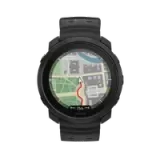 Polar Vantage M3
Polar Vantage M3
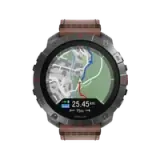 Polar Grit X2 Pro Titan
Polar Grit X2 Pro Titan
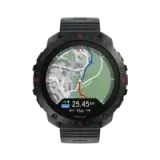 Polar Grit X2 Pro
Polar Grit X2 Pro
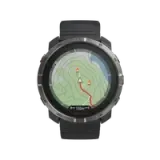 Polar Grit X2
New
Polar Grit X2
New
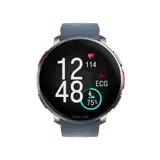 Polar Vantage V3
Polar Vantage V3
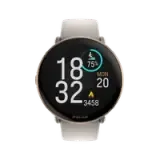 Polar Ignite 3
Polar Ignite 3
 Polar Ignite 3 Braided Yarn
Polar Ignite 3 Braided Yarn
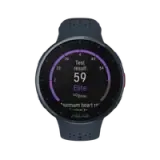 Polar Pacer Pro
Polar Pacer Pro
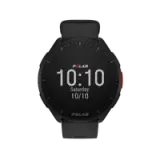 Polar Pacer
Polar Pacer
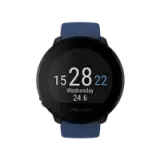 Polar Unite
Grit X Series
Vantage Series
Pacer Series
Ignite Series
Polar Unite
Grit X Series
Vantage Series
Pacer Series
Ignite Series
